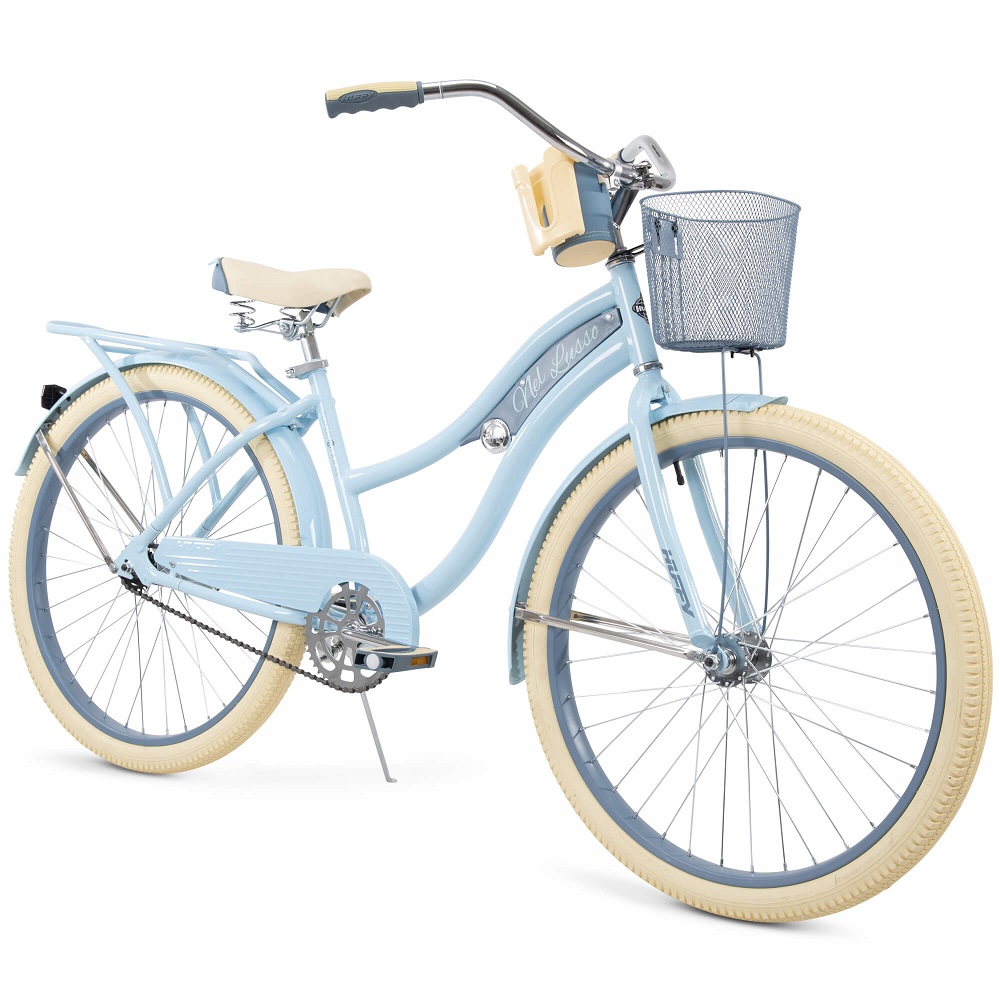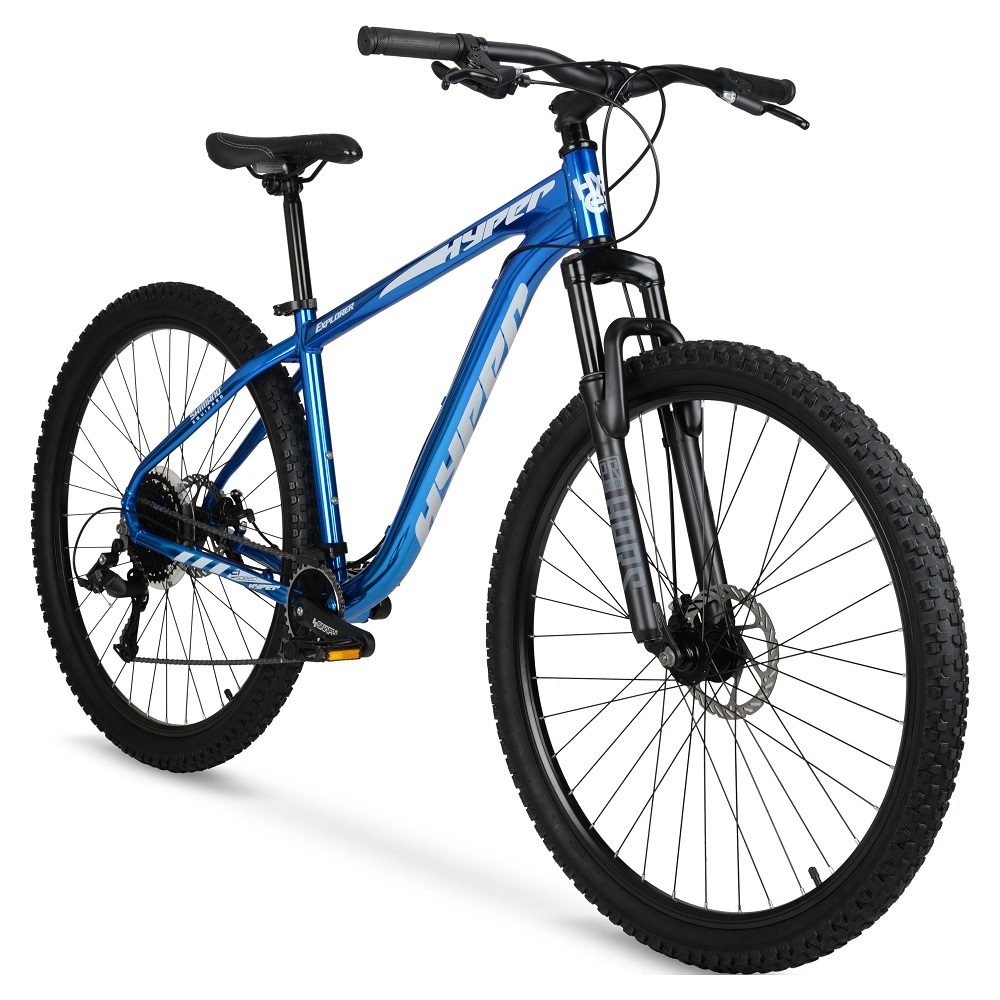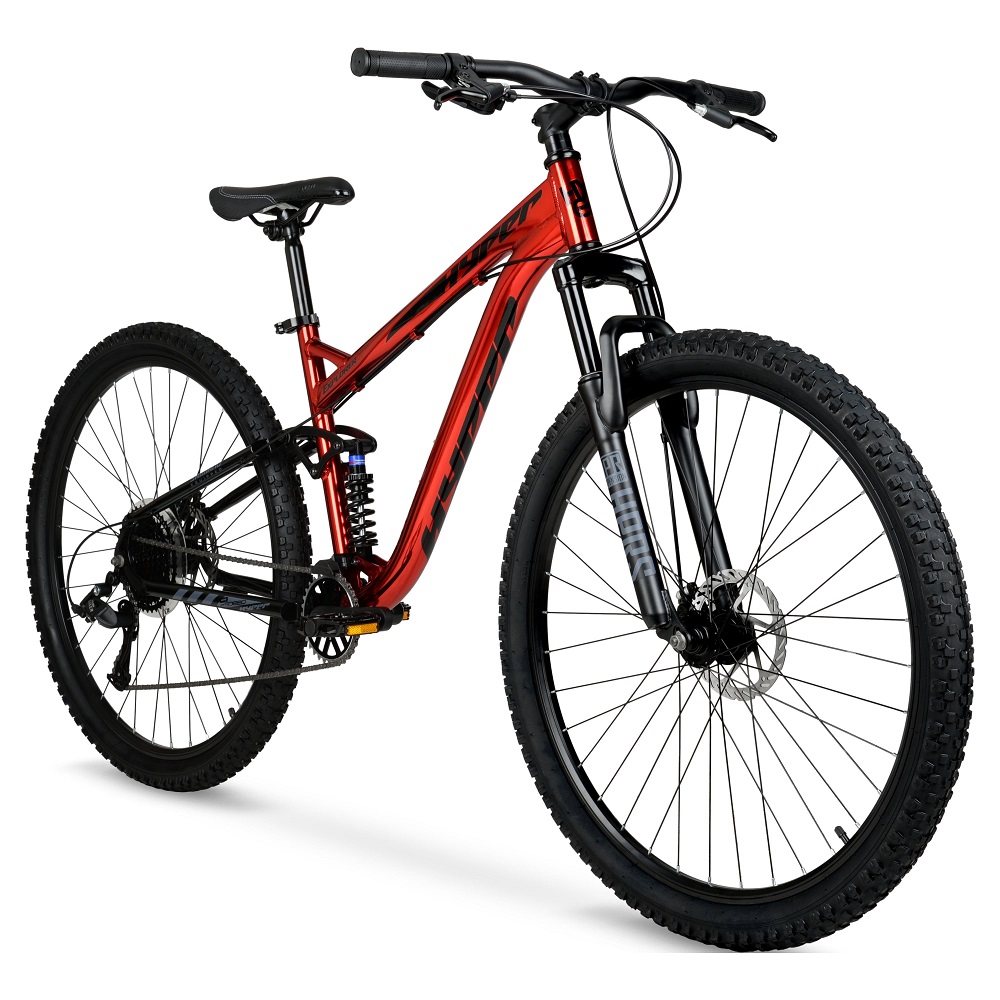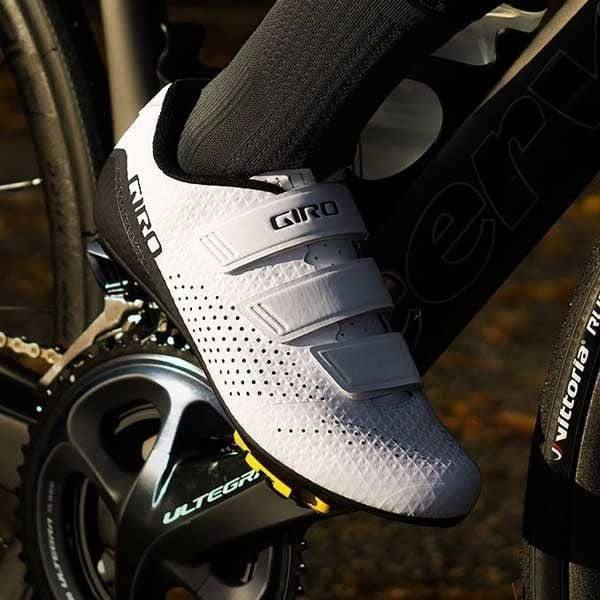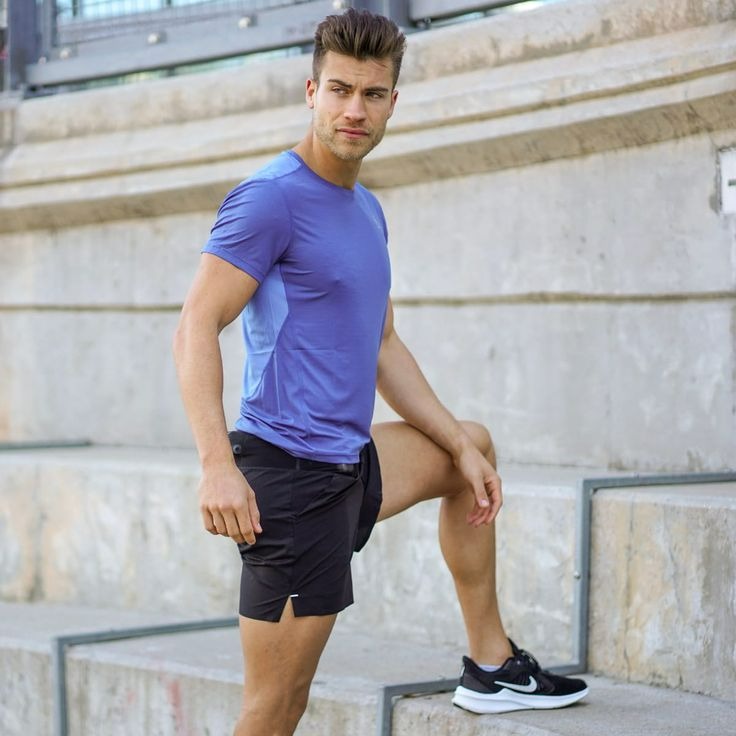Introduction
The Mineola bicycle plays a vital role in the modern landscape of sustainable transportation. Designed with efficiency and practicality in mind, these bikes cater to a diverse range of users. Whether for commuting, recreation, or exercise, the Mineola bike proves versatile. The production and purchase of such bicycles reflect a growing trend toward eco-friendly alternatives. In recent years, more individuals have turned to bicycles as a solution to urban congestion and environmental degradation.
The Historical Context of Bicycles
Bicycles have existed for centuries. Their evolution mirrors changes in technology and society. Originally, bicycles were simple wooden contraptions. Over time, they transformed into the complex machines we see today. The introduction of pedals and chains significantly improved their functionality. These enhancements made biking more efficient and enjoyable.
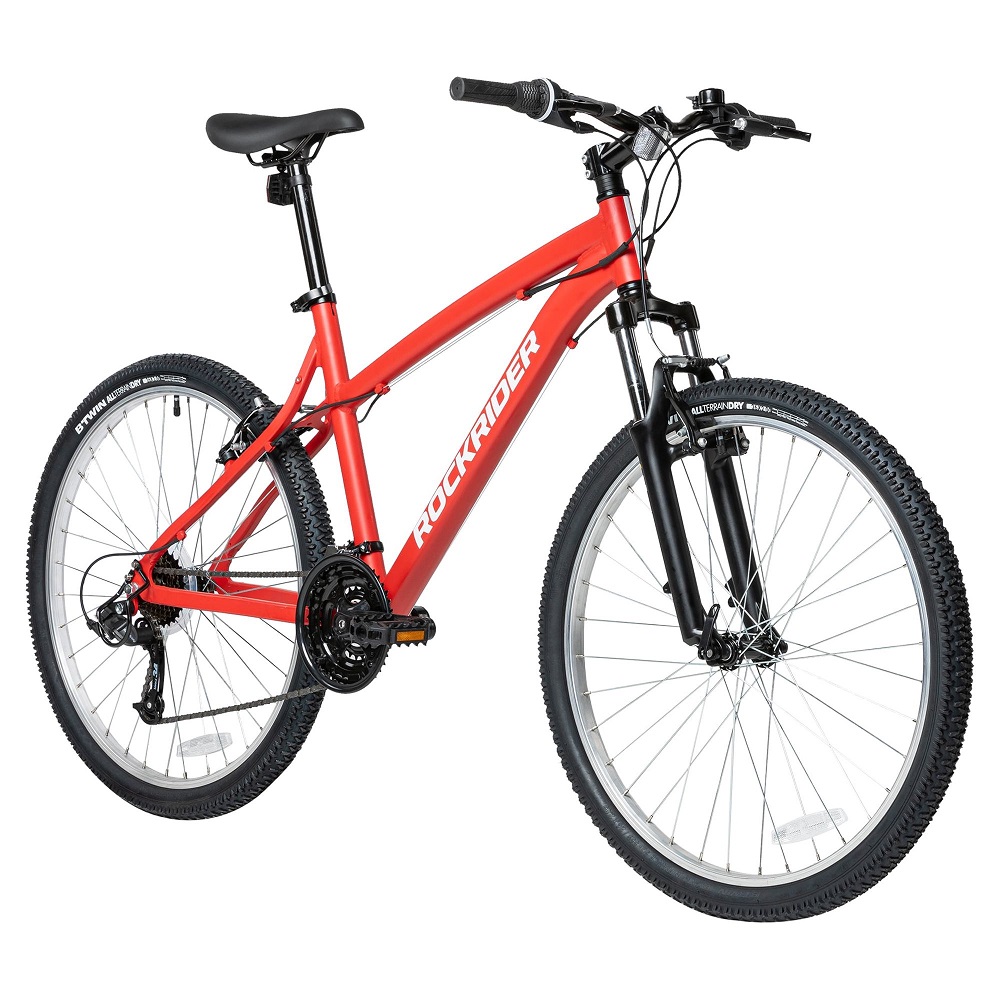
In the United States, the bike gained popularity in the late 19th and early 20th centuries. The rise of bike clubs and races highlighted their appeal. More than just a mode of transportation, bikes became a cultural phenomenon. However, their popularity waned in the mid-20th century. With the advent of automobiles, cycling took a backseat.
Nonetheless, the environmental movement of the late 20th century sparked renewed interest in bicycles. Individuals began to see them as a viable alternative to cars. This change in perception led to the development of more advanced and sustainable bicycles, including the Mineola model.
Design Features of the Mineola Bicycle
An Ergonomic Design for Comfort
The Mineola bicycle is designed for user comfort and efficiency. Its frame is lightweight yet durable. This design allows for easier maneuverability. Riders can navigate urban environments without much effort. The frame typically features a step-through design. This design allows for easy mounting and dismounting. It benefits riders of all ages and fitness levels.
The bike’s handlebars are adjustable, accommodating different rider heights. This feature ensures a comfortable riding position. The seat is cushioned for extended rides without discomfort. A comfortable rider is more likely to cycle for longer periods. This directly impacts the bike’s utility for exercise and commuting.
Safety and Visibility
Safety is a crucial aspect of the Mineola bicycle’s design. Many models come equipped with reflective elements. These enhance visibility during nighttime riding. Additionally, some models offer integrated lights. Effective lighting increases safety during low-light conditions.
The brakes on the Mineola bicycle are robust. They offer reliable stopping power in various conditions. Many models utilize disk brakes, which perform well in wet weather. Riders feel confident knowing their bike can stop quickly when needed.
Versatile Accessories
The Mineola bicycle often includes various accessories. These improve functionality and user experience. Common accessories include fenders, racks, and baskets. Fenders help keep riders clean and dry in wet conditions. Racks and baskets enhance carrying capacity. Riders can transport groceries or personal items easily.
A bike lock is another important accessory. Security is a concern for many cyclists, especially in urban areas. A sturdy lock prevents theft and gives owners peace of mind. Some models even come with built-in locks, providing convenience.
The Environmental Impact of Bicycling
Reducing Carbon Footprint
One of the most significant benefits of bicycles is their positive environmental impact. Riding a bike reduces reliance on fossil fuels. Cars contribute to greenhouse gas emissions. In contrast, bikes produce no emissions. By choosing to cycle, individuals contribute to the fight against climate change.
Cities that promote cycling often experience improved air quality. Less vehicle traffic means fewer pollutants in the air. This is particularly important in densely populated areas. Cleaner air contributes to better public health outcomes. Therefore, promoting bicycles like the Mineola model directly benefits the community.
Urban Planning and Bike-Friendly Infrastructure
For increased bicycle usage, cities must invest in infrastructure. Bike lanes and bike-sharing programs are essential. Proper facilities ensure safety and convenience for riders. Cities with bike-friendly policies often see a rise in cycling. This promotes a healthier, more active population.
The Mineola bicycle fits seamlessly into this urban landscape. Its design encourages users to choose cycling over driving. When coupled with adequate infrastructure, it enhances the appeal of biking. City planners must prioritize these developments to maximize biking potential.
Social Aspects of Cycling
Building Community Connections
Cycling fosters a sense of community. Many people find joy in riding with friends and family. Group rides and cycling clubs bring individuals together. They create opportunities for social interaction and bonding. Sharing experiences on the road strengthens relationships.
Events like charity rides and community challenges also promote social engagement. Participants work toward common goals, further building connections. These experiences can lead to a deeper appreciation for each other and the environment.
Inclusivity in Cycling
Bicycles can provide a sense of freedom for many. However, barriers to access remain. Not everyone can afford a bike or the associated gear. Advocacy for inclusivity is crucial. Communities should work toward making cycling accessible to all. Programs that provide free or discounted bikes can help bridge this gap.
Furthermore, diverse cycling events cater to various skill levels. By offering classes and safe riding workshops, communities can attract newcomers. This inclusivity helps grow the cycling community and promotes a culture of support. The Mineola bicycle can serve as a crucial tool in this endeavor.
Health Benefits of Cycling
Physical Health Improvements
Cycling provides numerous health benefits. It boosts cardiovascular fitness, strengthens muscles, and improves overall stamina. Regular cycling can lead to weight loss and improved body composition. Moreover, it’s a low-impact activity, making it suitable for various fitness levels.
Cycling also improves balance and coordination. Over time, these skills enhance overall physical fitness. Engaging in regular exercise like biking can significantly lower the risk of chronic diseases. Conditions like heart disease, obesity, and diabetes become less likely with consistent physical activity.
Mental Health Enhancements
In addition to physical benefits, cycling also improves mental health. Exercise releases endorphins, which can boost mood. Regular riding can reduce symptoms of anxiety and depression. Many cyclists find joy in the simple act of biking. It provides an escape from daily stressors.
Cycling outdoors connects riders with nature. This connection has its own mental health benefits. Spending time outside can improve cognitive function and reduce fatigue. For many people, these moments of tranquility can greatly enhance overall well-being.
Economic Aspects of Bicycles
Cost-Effective Transportation
Bicycles are a cost-effective mode of transportation. The initial investment for the Mineola bicycle is relatively low compared to cars. Once purchased, ongoing maintenance costs are minimal. There are no fuel expenses, and insurance is often unnecessary.
Furthermore, many cities offer incentives for bike commuters. These can include tax breaks and rebates. Cycling reduces transportation costs for individuals, making it an appealing choice.
Economic Growth through Cycling Advocacy
Investing in cycling infrastructure stimulates local economies. Improved bike lanes attract more riders. Increased foot traffic can benefit local businesses. Cafés, shops, and other establishments near popular bike routes often see higher sales.
Events like bike festivals and races can also boost economic activity. They attract participants and spectators who contribute to the local economy. Community investments in cycling not only foster a healthier population but also promote economic growth.
Conclusion: A Sustainable Future with the Mineola Bicycle
The Mineola bicycle stands as a testament to sustainable living. Its design fosters comfort, safety, and efficiency. With its numerous benefits, it encourages people to adopt cycling as a primary mode of transportation. By prioritizing health, environmental concerns, and community connections, the Mineola bicycle enhances overall quality of life.
As cities continue to evolve, investment in cycling infrastructure remains crucial. Proper planning ensures that bicycles become an integral part of urban life. With the Mineola bicycle leading the way, a sustainable and vibrant future is on the horizon. Cities and individuals alike can harness the power of cycling to create lasting change for generations to come.
